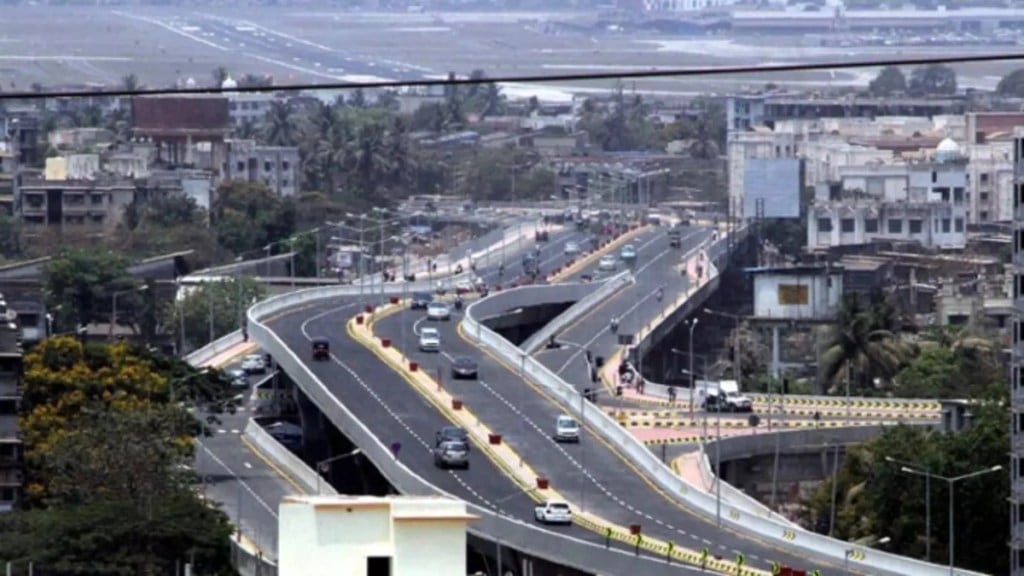To maintain transparency and sustainability, the Centre will likely continue to shoulder the massive capital expenditure requirements of the state-run infrastructure builder—the National Highways Authority of India (NHAI)—for the next decade or so, until it can stand on its own feet with enough toll revenues.
Once the proposed highway network is built across the country, maintenance work will form bulk of the capex and the pressure on NHAI’s finances would reduce.
“At that point in time, the budget support would be discontinued as the highway builder would have enough resources of its own from toll revenues,” an official said.
High debt forced the Centre to halt fresh borrowing by the highway maker NHAI in FY23, FY24 and FY25. As a result, its budgetary support rose to a whopping Rs 1.74 trillion in FY23, over 3 times higher than Rs 57,350 crore in FY22. The budget support was around Rs 2 lakh crore in FY24 and is pegged at Rs 1.68 lakh crore for FY25.
With aggressive highway expansion after the Narendra Modi government came to power in 2014, NHAI’s debt rose from Rs 23,797 crore in March 2014 to Rs 3.48 trillion in March 2022. This had led to a surge in debt servicing burden which stood at Rs 31,735 crore in FY23.
There has been significant improvement in the toll collection with receipts rising from Rs 4,770 crore in 2013-14 to Rs 55,844 crore in 2023-24. The government aims to increase the toll revenue to Rs 1,30,000 crore by 2030, road minister Niti Gadkari has said.
Currently, user fees are being collected on nearly 43,000 km length/sections involving 983 toll plazas
NHAI is mandated to implement the National Highways Development Project (NHDP) to upgrade and strengthen National Highways through seven phases. In addition, under the Bharatmala Yojana (BMP) Phase 1, NHAI has the mandate to develop 22,660 km out of the 24,800 km length which includes economic corridors, inter corridor routes, expressways, national corridors, coastal and port connectivity roads, border and international connectivity roads. Phase 1 of the BPM also includes construction of 10,000 km of residual stretches from the NHDP which brings the total to 34,800 km. The Phase 1 of the BMP was expected to be completed by 2021-22 at an estimated cost of Rs 5.35 lakh crore. This is now revised to be completed by 2026-27 at a cost of Rs 10.63 lakh crore.
The length of National Highways has increased about 1.6 times from 0.91 lakh km in 2013-14 to 1.46 lakh km currently. The government was of the view that high-speed highway corridors would support India’s transformation into a $ 30 trillion economy by 2047.
